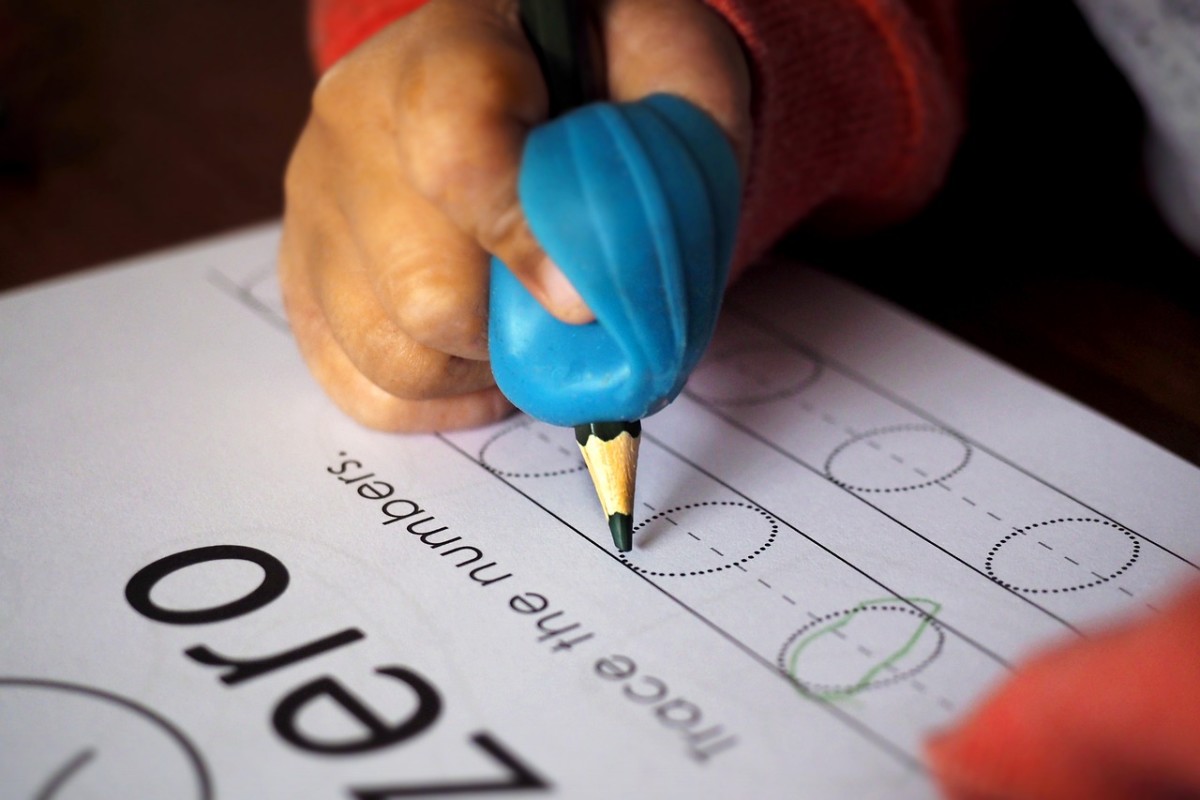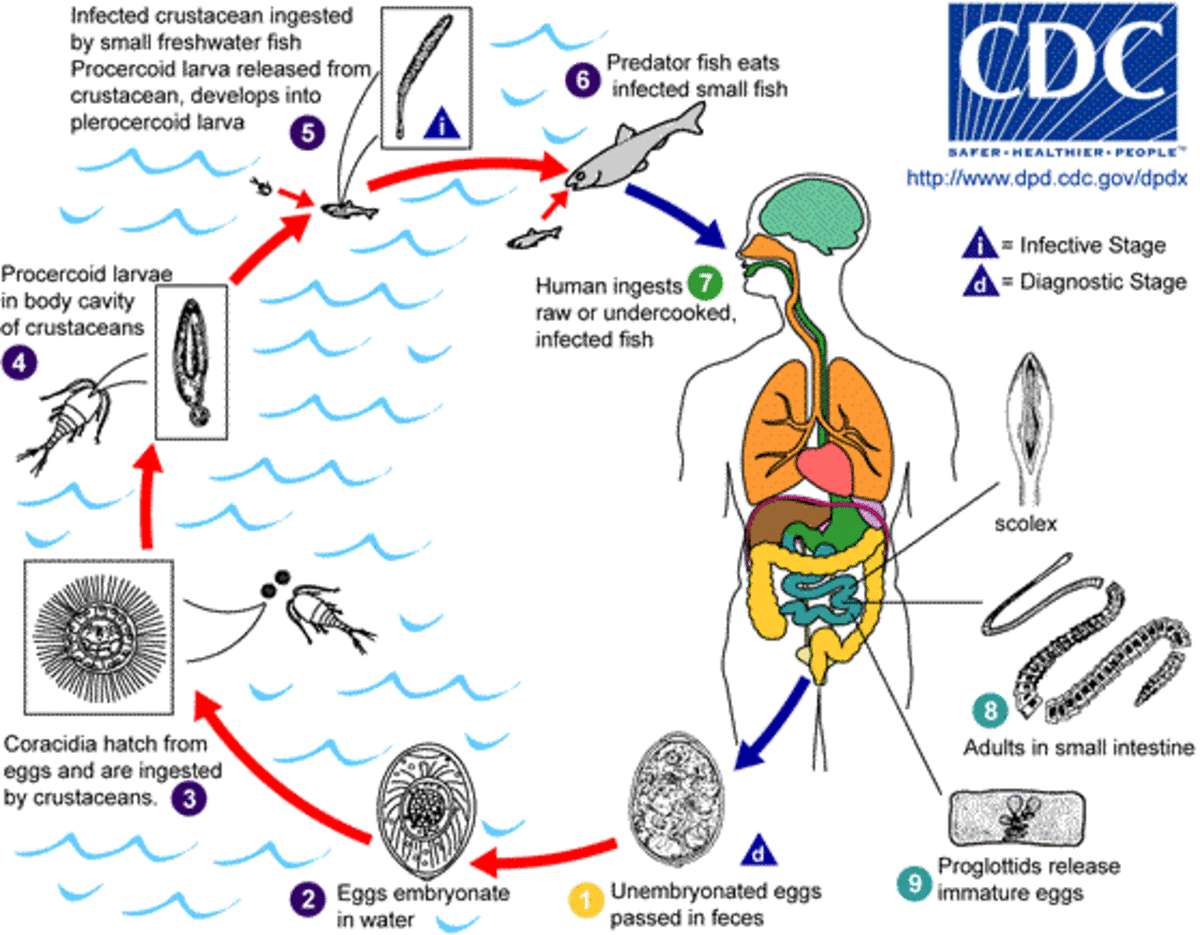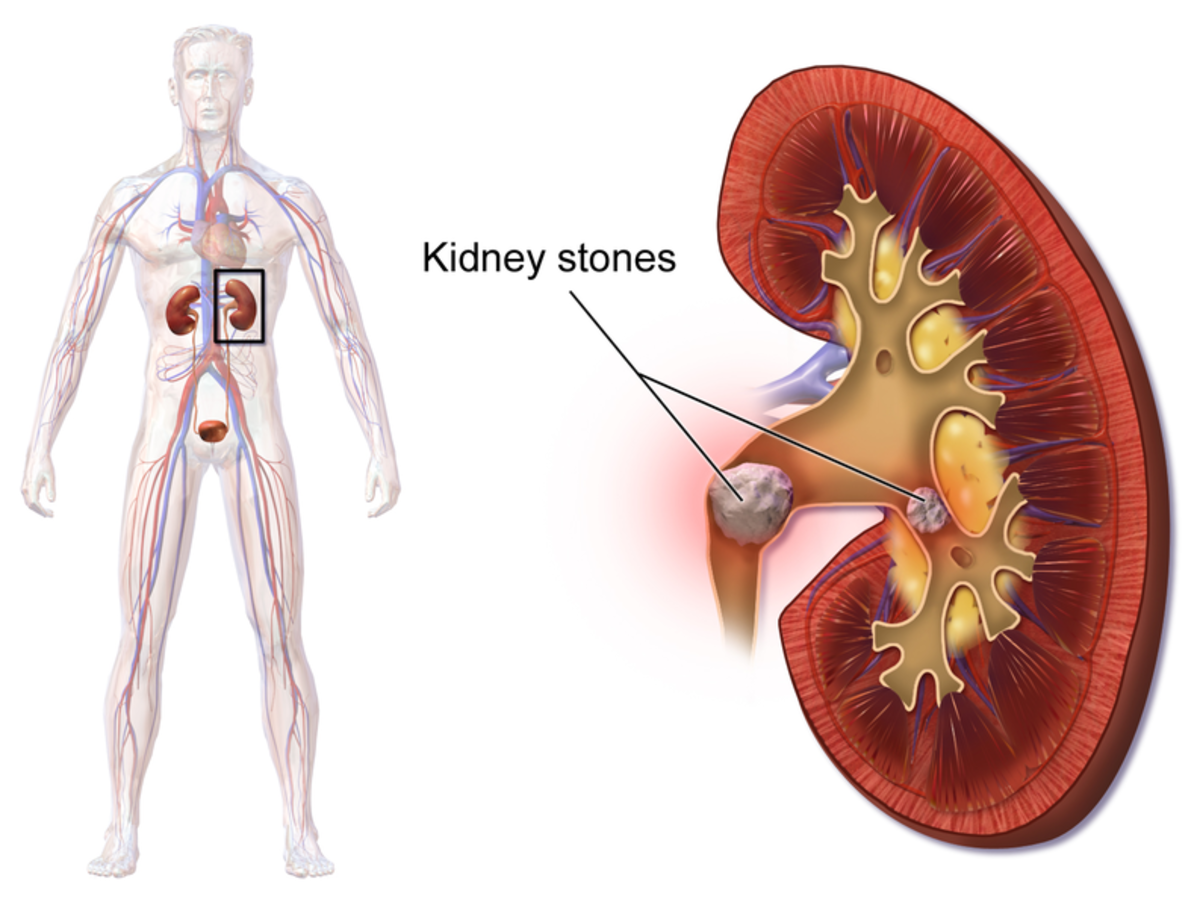Prevent Obesity in Middle Childhood By the Promotion of Physical Activity and Through Education

In the middle childhood years ... assist in the pursuit of a healthy lifestyle choice by means of repetition and practice.
“In middle childhood, children build on their emerging physical capabilities.” (McDevitt & Ormrod, 2010.) While this means that it is important for children of this age group to be physically active, it is not for this reason (that of developing and harnessing physical capabilities) alone that physical activity is important for children at this stage of their development. Among other reasons to encourage physical exercise at this age, there is also the pleasure, self-esteem and feeling of fulfilment and accomplishment that is derived from a child’s developing expertise and skills, and seeing themselves improve over time, in one physical activity or another. (Dixon, 2011.)
Does practice really make perfect? Firstly, the goal should never be perfection. Each child should be aware that they are different and unique but they are certainly capable, in their own capacity, of enjoying physical activity on a regular basis. What does practice do? When a child’s brain is stimulated by the repeated firing of neurons when physical activity takes place, a child learns to derive enjoyment from that physical activity by means of a chemical reaction. (Doidge, 2007.) Synapses are formed in the brain by repeated behaviour and in this way physical activity becomes etched in a person’s brain as a part of the daily life of the child. In this way, it is accepted by the brain as normal, everyday and even enjoyable behaviour. Starting with physical exercise and organised sports, the teacher can introduce physical activity to the child’s routine and thereafter to a child’s brain where it will become highly rewarding to the child and something of a second nature. (Dixon, 2011.) But how would a teacher go about introducing physical activity to the schedule, brain, and life of a child?
“Integrate physical movement into academic activities.” (McDevitt & Ormrod, 2010.) This is an important area in which a teacher can aid students not to be sedentary. If a child’s very learning style is active and energised, this will add to their enjoyment of learning and also to their accepting physical activity as an integral part of their day, by altering their very brain chemistry. (Doidge, 2007.)
Along with physical activity, education about physical activity and its benefits is also paramount to ensure that a child in this age group will accept a non-sedentary lifestyle as the healthy choice. For instance, a child should be taught that there are definite benefits of living a healthy life that includes a healthy diet and enough physical activity so as to remain physically fit. For instance, in her article Is Exercise the New Brain Food? R. Dixon lists, among other benefits, the benefit that exercise “can improve brain function including learning, remembering, thinking and logical reasoning among people of all ages.” (Dixon, 2011.) A child could acquire this knowledge in a series of theoretical sessions from their middle school teacher. But more than theory is needed in order for the knowledge to move a child to action.
In a two-fold way (that is, by means of theory and then practice) a teacher can address and prevent obesity in the middle childhood years. A teacher can do this by providing informative lessons on nutritional health and by considering case studies on the effects of an unhealthy diet and a sedentary lifestyle. Classes on health that promote healthy balanced diets as well as physically active lifestyles as a choice made from a young age are part of the education that will ultimately mould the child’s life choices. (Dixon, 2011.)
In the middle childhood years, a teacher can assist in the pursuit of a healthy lifestyle choice by means of repetition and practice. That is, repeating lessons on health and practicing physical activities on a weekly or even daily basis. For instance, the teacher could decide that every day before lunch a twenty-minute period could be put aside to discuss health. This period would be very advantageous to children as they would be able to reflect on the lesson while making their lunch choice at the school canteen. These sessions could comprise activities that explore the documented effects of different food types and their quantity on the health of a child and then an adult. They would be fun, active, involved sessions where the students would participate as much as the teacher. They would involve some physical activity. For instance, a game where a child is to run to collect a picture of an item of food and match it up to the correct food group at the front of the class, would promote action, thought response, and facilitate learning.
If a child at this stage of life develops a love for physical activity and knowledge of how to be healthy, he or she will carry that knowledge and its accompanied emotions and resolutions with them for the rest of their life. (Doidge, 2007.) Because emotions are directly linked to the functioning of the neurons of the brain (McDevitt & Ormrod, 2010), physical education should be something that is enjoyable to each student. This means that students should never be berated for lack of natural ability in any area of their physical education program nor should they find their physical education program overly rigorous. Instead, the program should be catered to each child’s individual abilities and needs, and should be something that is therefore considered by them as a fun and integral part of the school day. In order to be able to cater the physical education program to the individual child, the teacher should endeavour to understand the capabilities and limitations of each child in their care during the school year. For instance, the teacher could start the year off with a brief questionnaire for each child as to what their fitness goals are for the year (after a brief introductory presentation on fitness) and what sports or activities they would like to take part in that year. The teacher would then have this information on each child in their care that would enable them to foster the child’s growth and assist the child in reaching their goals by organising physical education activities or by encouraging the child to pursue the activity extramurally.
Four ways in which a teacher can stimulate interest in health and physical activity and therefore reduce or prevent the onset of childhood obesity will be considered below.
Firstly, the desire and the motivation to be fit and healthy is required to be present. That is, the child needs to want to be healthy and to see its benefits first. This knowledge will prompt the child to action. (Dixon, 2011.) A series of theory sessions where students are able to learn about several different forms of exercise or sports and then sample them in a practical session in the school gymnasium would be beneficial in motivating students to pursue fitness and good health. Students could then be given the opportunity to select the activity they are best at from a selection provided by the teacher. From week to week, students would need to be encouraged by the teacher to develop their skills in that particular form of exercise or sport, with the goal of gradually improving on their own personal best effort.
Secondly, a child needs to know what food is healthy and what food is unhealthy. They need to realise, on a practical level, that the choices with regards what they eat on a day-to-day basis effect their health directly. Part of the growing problem of obesity is due to the fact that many children do not directly relate their health problems or obesity to their diet. (McDevitt & Ormrod, 2010.) Unfortunately, advertising campaigns on the television can be misleading and sometimes food that is not necessarily healthy is promoted to children as healthy food. Children should be educated by the teacher as to what foods to eat the most of, what to eat in moderation and what the potential risks of certain foods are. At middle childhood level this information could be conveyed in terms of a game. The teacher could divide the class into groups and have each group draw or paint a popular item of food. For instance, one child draws a glass of milk, the other a brick of butter, the other a cutlet of lamb, the other an apple, the other a chocolate bar, the other a teaspoon of Nutella, the other a carbonated drink, and so on. The teacher would then draw a food pyramid on the board. Children would need to then match up their item of food to the correct group and state why their item belongs there and how much of it should be eaten in a day. The teacher could elaborate at this stage, adding what the health risks are if any of the relevant items are eaten in excess or, conversely, not eaten at all.
Children should be aware from a young age that they are what they eat. This education will be carried through them in their lives and is therefore imperative to be taught at an early age.
Thirdly, children should be encouraged by the teacher to pursue health and on an individual-by-individual basis rather than being compared to other children. In this way, children who have the predisposition to obesity by means of their lifestyle so far can be encouraged to develop their own routine of physical activity without comparing themselves to other children who have had a healthier lifestyle so far or are more adept at physical activities. However, when they have developed some fitness later in the year they can then be encouraged to participate in more competitive sports or fitness challenges.
Lastly, if a teacher ensures that lessons are active, and, as far as possible are not sedentary, a positive and energetic learning environment will be promoted. This means taking lessons outside of the classroom from time to time, taking nature walks (McDevitt & Ormrod, 2010), rotating children to the front of the classroom in order to assist a teacher with a particular lesson so that children are not seated for too long a period of time, and ensuring that an active lifestyle is promoted as healthy and fun.
It is in these few areas that a teacher can play an integral part in the life of a child in the middle childhood years. That is, by introducing a child to the positive influence of a physically active lifestyle and by educating them in a practical way about the effects of a healthy diet. Importantly, by being a good role model by way of a good personal example, the teacher portrays to the students a real life example of healthy living.
Reference List
McDevitt, T & Ormrod, J.E. 2010. Child Development and Education (4th Ed). New Jersey; Pearson Education.
Doidge, N. 2007. The Brain That Changes Itself. London; Penguin Books Ltd, Registered Offices.
Dixon, R. 2011. Is Exercise the New Brain Food? http://lemongrove.patch.com/articles/is-exercise-the-new-brain-food-2 (accessed September 20, 2011).








